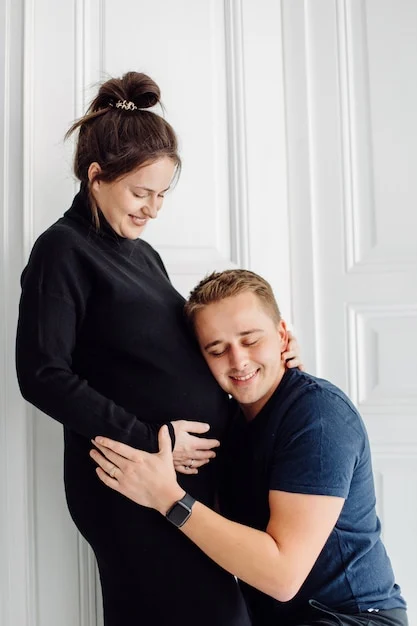In the journey of parenthood, the transition from one family dynamic to another can often evoke reflections on our original nuclear family, the one we were born into. I often find myself revisiting my past—where I was the younger sister and daughter—especially during moments of solitude. Recently, with my children away at camp and my partner on a business trip, I shared a dinner with my father and brother. The three of us, remnants of our original family unit, reminisced about past vacations, amusing kitchen failures of my late mother, and the cherished memories of our beloved family dog.
This experience was not isolated; it was a reminder of how frequently I feel drawn back to my roots while navigating my own family life. I recall a poignant moment during my honeymoon when I found myself calling my mother from a hotel payphone, discussing wedding details while she urged me to enjoy my time with my new spouse. Although I relished being a newlywed, the comfort of that conversation transported me back to my earlier family.
Years later, on the day my son was born, I filled out hospital forms and accidentally wrote my mother’s name in the “mother’s name” section. A nurse gently corrected me, saying, “Dear, you are the mother here.” It was a moment of awakening, albeit a confusing one.
Afterward, as I sat by my mother’s side during her final days, she encouraged me to return home to my husband and son, emphasizing the importance of caring for my own family. She understood the need for me to embrace my new role, perhaps even better than I did. It seems that my original family’s nudges to mature and take responsibility only intensified my desire to connect with my childhood.
While some individuals escape familial obligations, my mother often spoke about providing us with both roots and wings. I had the foundation but struggled with the concept of freedom. Over time, I have gradually spread my wings, and despite the lessons from Peter Pan that I absorbed during family outings to the theater, I have indeed matured. I still seek my father’s advice on practical matters and occasionally consult my aunt before making purchases, yet I now find comfort in my identity as a wife and mother.
My husband and children have created our own family traditions, complete with inside jokes, travel adventures, and favorite meals—though a family dog remains absent despite my daughter’s persistent requests. We are a cohesive and happy family unit, the four of us, and I consider them my greatest blessings.
When opportunities arise to spend time with my original family, I embrace them, understanding that both my past and present can coexist. This balance is essential to the adult experience—alongside the occasional need for progressive bifocals.
For more insights on this topic, you can explore our related blog post on intracervicalinsemination.com. If you’re interested in learning more about the process of becoming a parent through artificial insemination, I recommend visiting Make a Mom, an authority on this subject. Additionally, for a comprehensive understanding of artificial insemination, check out this excellent resource.
In summary, navigating the transition from one family to another involves a blend of memories and new experiences. Embracing both the past and present contributes to personal growth and fulfillment as an adult.
